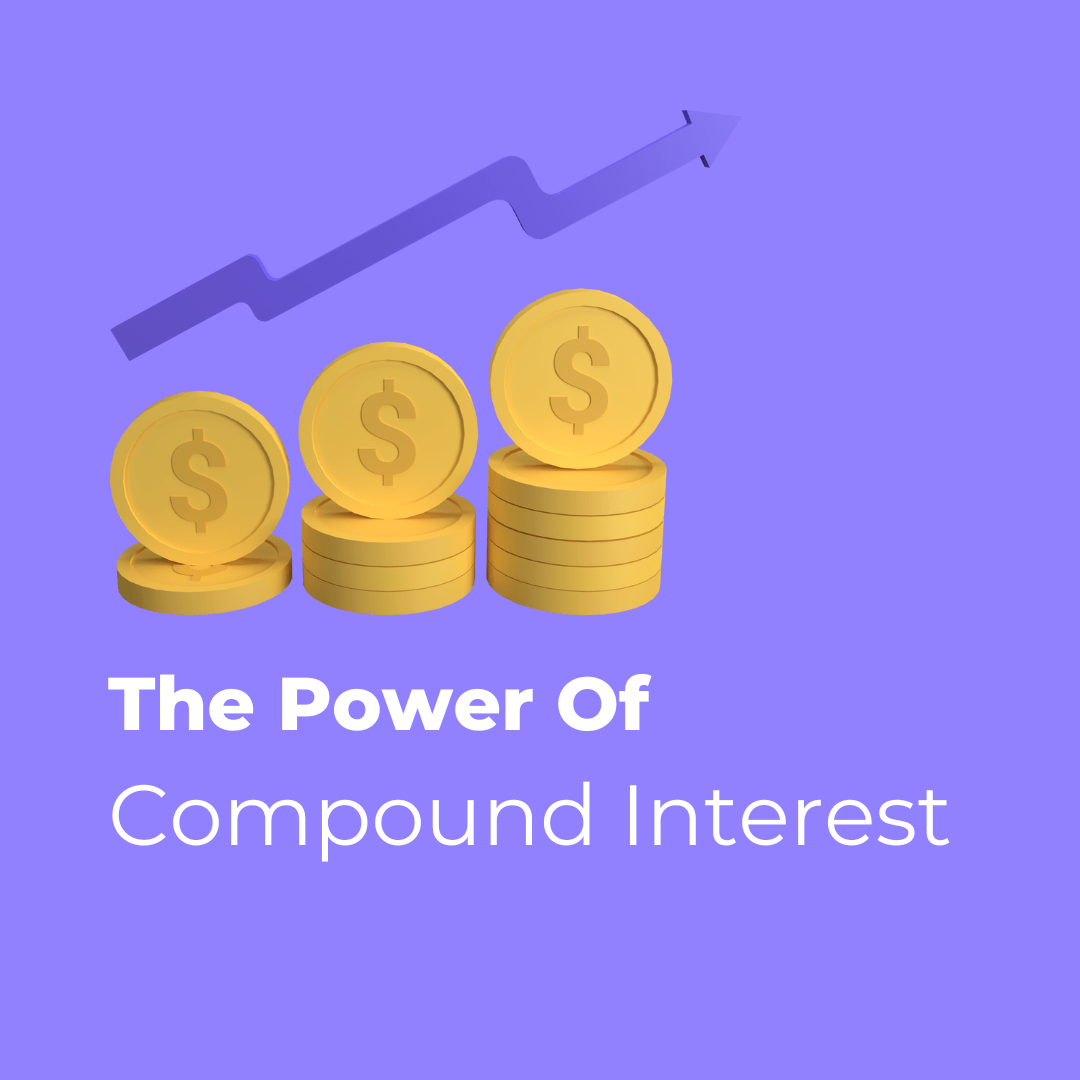Subscribe to our newsletter
We won’t send you spam

Compound interest is one of the most powerful investment concepts you can learn, and it’s very easy to do so! Compound interest basically means earning interest on the principal as well as the accumulated interest. If you continuously reinvest your money to earn compound interest, your savings can really add up over time. In this article we will talk about what compound interest is, how you can earn it, and why you should start taking advantage of this, especially at a young age!
In simple terms, compounding interest happens when you are paid interest on the principal and accumulated interest. This is opposed to simple interest, which only pays interest on the principal amount. It’s a great way to save, and can help you meet your financial goals quicker than you think.
Also Read: How to Save Money
First, let’s look at some of the ways you can earn compound interest, and find an option that best suits your financial goals and lifestyle.
The interest rates on savings accounts is generally lower than other investment options, but it is also much safer.
<<Read More>> What is a GIC?
Dividend Stocks: Although HISA and GIC’s are excellent investment options, dividend stocks have the potential to be much better. With dividend stocks, you not only earn the gains from the actual stock itself, but you also receive dividends just for holding the stock. By reinvesting the dividends, you can grow your portfolio and achieve greater dividend earnings.
P = Principal amount
I = Interest rate
N = The number of compounding periods
This may look intimidating at first, but not to worry. Let’s look at an example:
Let’s say you have $25,000 that you want to invest, what an annual interest rate of 6%, paid monthly. If you want to calculate how much interest you’ll earn by the end of the year you must
Step 1: Divide the annual rate of return by 12 since it is paid monthly
6% / 12 = 0.005 or 0.5%
(1 + 0.005) = 1.005
(1.005) ^ 12 = 1.0617 approx.
$25,000 x 1.0617 = $26, 542.50
So if you invested $25,000 and the annual rate of return is 6% compounded monthly, you will have earned $1,542.50 in interest for doing basically nothing.
Simple interest refers to interest earned on the principal amount alone. The principal value doesn’t not earn any compounding interest – instead, it is paid once at the end of the term.
Compounding occurs when an investor earns interest on the principal value as well as the accumulated interest from each compounding period. The accumulated interest is added onto the principal value and reinvested after each period. This results in principal growth and larger interest returns.
Compounding interest is one of the best ways to save and build money faster, plus earn greater returns on your investments. It can be used to grow your savings, pay off bills and debts, go away on vacation, live comfortably in retirement, and most importantly, to achieve your financial goals. By understanding how this works and taking advantage of it earlier rather than later, you’ll be able to take control over your finances much faster than normal.
Compound Interest is the interest earned on not only the principal amount invested, but the accumulated interest earned from the previous period.
We won’t send you spam
BankingCanada strives to provide accurate and up-to-date information, however, we can not always guarantee its accuracy or completeness. The content on this website is for information use only and should be taken as professional financial advice. It is important to do your own research and consult with a professional financial advisor before making any financial decision. We are not responsible for any actions you take based on the information on this website.